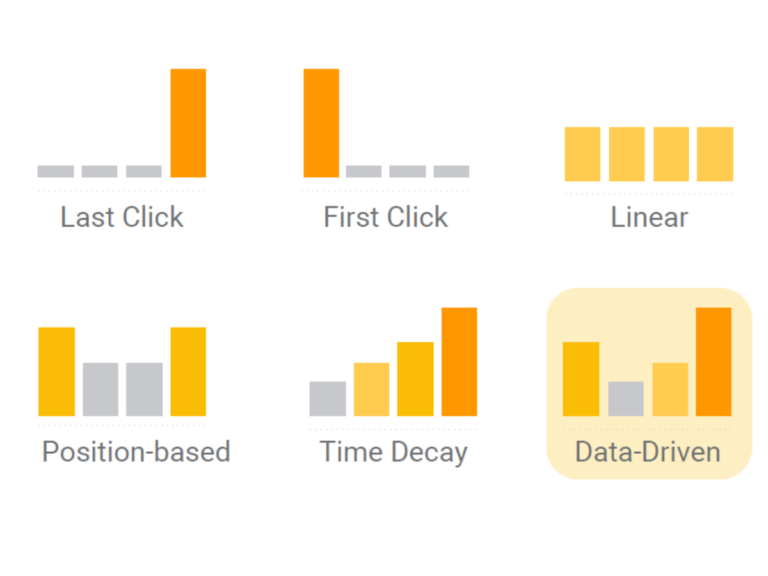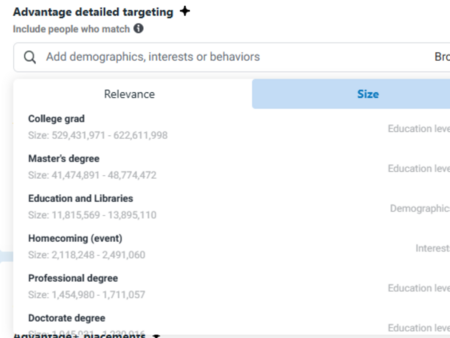Performance Max has been one of the most frustrating campaign types for advertisers since its launch. It’s packed with automation, but until now, you had no control over where your ads showed up—which meant wasted spend, irrelevant traffic, and potential brand safety nightmares.
That’s changing. Google has finally introduced placement exclusions for PMax campaigns via API, allowing advertisers to block specific websites, apps, and YouTube channels at scale.
If you’ve been stuck watching your budget drain on low-quality placements with no way to stop it, this update is a game-changer. Here’s what’s happening and how to make sure your ads aren’t showing up somewhere they shouldn’t be.
Via Loom Digital
What’s Changing?
Google has rolled out placement exclusions for PMax campaigns via API, giving advertisers more control over ad placements. The update includes:
- Account-Level Placement Exclusions: You can now block entire placements across all PMax campaigns within your account.
- Campaign-Level Exclusions (Google Rep Required): If you need exclusions at the campaign level, you’ll have to go through your Google rep for now.
- API & Google Ads Editor Support: If you manage multiple accounts, you can use Google’s API or Ads Editor to apply exclusions at scale.
This finally gives advertisers a way to prevent ads from showing up in low-quality or irrelevant placements—something that should have existed from day one.
Why This Matters
If you’ve been forced to rely on Google’s automation, you already know why this is a big deal. Here’s what placement exclusions actually fix:
- Cuts Wasted Spend: No more dumping budget into low-quality placements that never convert.
- Protects Your Brand: Keeps your ads off sketchy websites and irrelevant YouTube channels.
- Gives You More Control: For the first time, you get to decide where your ads DON’T show, instead of just hoping Google gets it right.
If you’re spending serious money on Google Ads, this isn’t optional—it’s necessary.
What You Need to Do
If you’re running PMax campaigns, you need to act now to avoid throwing money at bad placements. Here’s how:
- Check Your Placement Reports:
- Pull a Google Ads placement report and look for irrelevant or low-performing placements.
- If you don’t have visibility, ask your Google rep to enable placement reports.
- Apply Exclusions in Google Ads:
- Add account-level exclusions to remove bad placements across all campaigns.
- If you need campaign-level exclusions, contact your Google rep (annoying, but necessary).
- Use the API or Ads Editor for Scale:
- Managing multiple accounts? Use Google Ads API or Ads Editor to apply exclusions in bulk.
- Keep an Eye on Performance:
- Watch your conversion rates, CPCs, and overall ad performance after making exclusions.
- Refine your exclusion list over time to cut waste while keeping reach intact.
This should’ve been available from day one, but at least now you can stop wasting money on garbage placements in Performance Max. While this doesn’t fix every problem with PMax, it finally gives advertisers a real way to clean up their campaigns.
If you need help implementing exclusions or making sure your PMax campaigns are actually working, let’s talk. We’ll help you get your ads in the right places—without burning budget on the wrong ones.





no replies